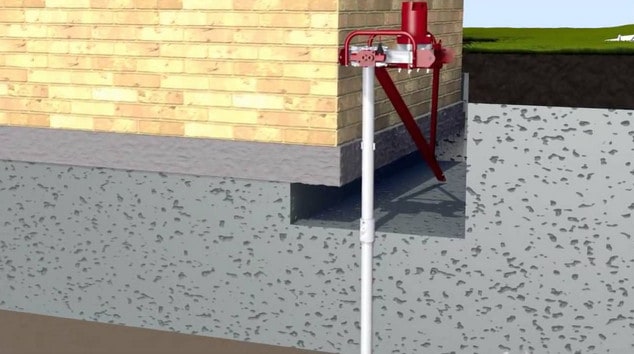Differences between Resin Injection and Concrete Underpinning
If the wall area near the doorways and windows has large cracks, or the floors are sloping and sinking, then it’s likely that the foundation is experiencing a serious problem. A house underpinning Melbourne company, for example, can assist in fixing such structural issues.
The main cause of such issues is when the underlying soil compacts due to wetting and drying frequently such that it affects the structural integrity of the foundation.
Underpinning assists in strengthening the foundation of a building. There’re several underpinning methods used today.

The most established methods include resin injection and concrete underpinning. While the two methods are proven to be effective, they are applied using different processes. Let’s discuss their differences.
Concrete Underpinning
Concrete underpinning is one of the oldest underpinning techniques used today. It has been used for at least 100 years. It involves increasing a foundation’s depth with concrete to make it sit on more stable soil.
The process involves excavating holes below the building or home and filling the spaces with concrete depending on the project plan. Once the concrete sets, a stronger base for the existing foundation is created.
Concrete underpinning comes with the following benefits:
- It’s best for use in small underpinning projects
- It’s a proven underpinning technique
Concrete underpinning has the following disadvantages:
- It’s typically slow
- It’s labor-intensive and can be quite costly for larger projects
- The excavation work involved is often messy. In case excavation has to be done beneath the foundation, you won’t be able to utilize some rooms of the buildings
- Deeper soil isn’t always stronger. Also, the area covered by the new underpins is typically smaller than the footings such that that the new underpins may have a lower bearing capacity than the original footings
- Using traditional underpins in a reactive clay soil creates unwanted movements between the sections that are underpinned and the remaining part of the building. Local building standards for footings and slabs advice builders and homeowners to avoid using traditional underpinning for problems related to a reactive clay soil
Resin Injection
Resin injection is more modern than concrete underpinning. It’s also proven to strengthen existing foundations. The method involves injecting a resin compound beneath a foundation through holes.
Once it flows through the soil, it expands and puts pressure onto the soil, thereby compressing it to make it more stable. The resin also fills any cracks and voids. As more amounts of resin gets injected, it eventually lifts the structure.
The process has to be controlled by experts who will monitor the injections with the help of precision instruments like laser levelers. The resin compound is mixed carefully depending on the soil and weather conditions.
The benefits of using resin injection include:
- It doesn’t cause a lot of mess since there’s no excavation required
- It’s a quick method and can be completed within one or two days for most projects
- You can continue staying in your house and you won’t have to move a lot of furniture
- The method has been used for several decades. It’s proven to strengthen foundations and keep the affected house protected.


